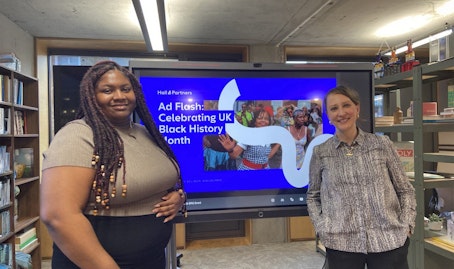Perspectives

My team within Digital Innovations at BTG is committed to delivering value beyond our company’s existing line-up of biotechnology products. Patients and payers want more than status quo care designed to maximize outcomes for the ‘average patient’ – they want healthcare solutions optimized for each and every person receiving care, through a system nimble enough to recognize individual needs and characteristics.
Part of my current mission, therefore, is to help BTG combine technology-enabled services and data with our clinical expertise to help patients get the right treatment at the right time. I believe that digital innovation should be continuous, automatic, and considered at all levels in the organization – ultimately, ‘digital health’ should be integrated fully into the fabric of healthcare delivery.
Ultimately, ‘digital health’ should be integrated fully into the fabric of healthcare delivery.
It’s with this goal in mind that I’m helping my digital innovations team realize the value of real-world data (RWD) in our business. This is the information relating to patient health that’s routinely collected from sources beyond medical tests, such as health records, claims and billing activities, product and disease registries and more. Because of the wide-ranging nature of RWD, it can help various players in the healthcare space monitor post-market safety and adverse events, support coverage decisions and guidelines, develop decision support tools and support clinical trial designs.
For our team, using RWD to understand behavior patterns and patient incentives became an exciting endeavor to pursue – especially in developing a better understanding of lung cancer screening. Only five percent of eligible patients are screened for lung nodules, and fewer than half of these return for a follow-up visit after incidental nodule detection. We therefore set out to understand what kept patients from requesting screens and following through, and whether this behavior could be modified. The goal of this study was to explore the possible benefit of targeted data collection and analysis, and in particular to learn if the data could provide insight into the potential market for lung interventions beyond current standard screening practices.
For this work we collaborated with Evidation Health, a new kind of health and measurement company. Evidation provides the world’s most innovative biopharma and healthcare companies with the technology and guidance they need to understand how everyday behaviour and health interact. The volumes of data generated from wearables and smartphones have opened up new ways to analyze individuals’ behaviour and health in real time, unlocking insights into what medicines and treatments work best and spotting significant changes in health earlier.
The volumes of data generated from wearables and smartphones have opened up new ways to analyze individuals’ behaviour and health in real time
A study was designed to collect patient-reported information and data on activity, sleep, heart rate, weight, diet and other measures through virtual questionnaires, mobile devices and activity trackers. Data was collected from patients both pre- and post-diagnosis in order to capture a unique data set on real-world behaviors. The data provided insights on how patients understand their risk and diagnosis, as well as how they seek treatment and understand their options.
Through the study, we were able to deliver both statistically significant and directional findings. One significant factor that was discovered was insurance coverage and its effects on the behaviour of individuals to get screened. Other directional findings provided insights regarding whether patients who have a primary care physician, or who have interacted with the healthcare system at least once in the last year, made different screening choices than those who didn't. The belief in the effectiveness of lung cancer screening and health conscientiousness also provided directional insights on whether individuals had a higher propensity to request screens.
Having completed our initial foray into RWD, we intend to leverage this experience to enhance our analytic capabilities and eventually ensure that analysis of RWD is put to use throughout the product development process. RWD will be the main pillar in this work and we are thrilled about moving forward to fully realize this amazing opportunity.








